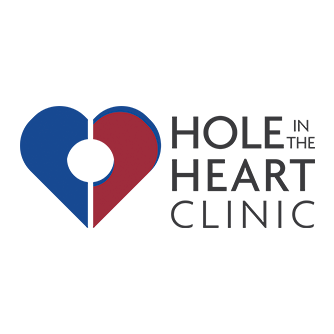How can I prevent varicose veins and spider veins?
Sunday, 11 December 2011
by Vein Clinic
There is very little evidence that any specific measures are helpful in preventing varicose veins. However limiting or modifying some of the contributing factors may be helpful in preventing progression of varicose veins. It is likely that exercise, avoiding be overweight and avoiding long periods of standing stationary might be helpful. You should also avoid wearing
- Published in Vein Doctors Group
No Comments
How are varicose and spider veins treated?
Wednesday, 07 December 2011
by Vein Clinic
Spider veins are invariably treated with Sclerotherapy whereby a small amount of solution (the sclerosant) is injected into the abnormal veins to close them off. The body then dissolves these treated veins. Laser treatment of spider veins has produced inferior results to Sclerotherapy. As with all medical treatments the skill of the treating doctor is a critical component
- Published in Vein Doctors Group
How varicose veins are diagnosed
Sunday, 04 December 2011
by Vein Clinic
Interestingly there is no dictionary definition of what constitutes a varicose vein but it is generally accepted that if a vein is “raised” above the surface then it is a varicose vein. What is critical in the management of varicose veins is the determination of the underlying anatomy. Almost all significant varicose veins are associated with an
- Published in Vein Doctors Group
Are varicose veins and spider veins dangerous?
Thursday, 01 December 2011
by Vein Clinic
Spider veins are NOT dangerous and present a cosmetic concern although they can occasionally be associated with some minor aching particularly after prolonged standing. Varicose veins on the other hand can be associated with Deep Vein Thrombosis, Pulmonary Embolism, ulceration of the skin (usually around the ankles), cellulitis (if the damaged skin gets infected) and significant bleeding episodes
- Published in Vein Doctors Group
What are the symptoms of varicose veins?
Tuesday, 29 November 2011
by Vein Clinic
Varicose veins can be associated with a range of symptoms including aching, throbbing, swelling around the ankles, dermatitis (and itching) and discoloration of the skin around the ankles. In severe cases the skin can ulcerate around the ankles. Interestingly varicose veins can also be associated with leg cramps and restless legs (at night) although the mechanism for these
- Published in Vein Doctors Group
Why varicose veins and spider veins usually appear in the legs
Sunday, 27 November 2011
by Vein Clinic
The main factor is gravity. Because both varicose veins and spider veins are associated with faulty one-way valves that allow back pressure, and the legs have the biggest effect from gravity, this is where varicose veins and spider veins most frequently occur. It is common to get spider veins on the face particularly around the cheeks and nose
- Published in Vein Doctors Group
Factors that increase the risk of varicose veins and spider veins
Friday, 25 November 2011
by Vein Clinic
The most important factor in whether or not you will develop varicose veins is your genetic background. This situation can be aggravated by relative inactivity, occupation (prolonged standing), pregnancy, constipation, wearing high heel shoes, being overweight and advancing age. There is also some evidence that dietary factors may have some influence but the specific foods
- Published in Vein Doctors Group
Varicose veins and spider veins and why they occur
Wednesday, 23 November 2011
by Vein Clinic
Varicose veins are the sausage like veins that appear “above” the surface of the skin. This distinguishes them from the very fine spider veins that appear on the surface of the skin. Spider veins appear as fine purple, blue or red veins in a network sometimes looking like a “spiders web”. Varicose veins, if severe, can
- Published in Vein Doctors Group
How often should I get my veins treated?
Wednesday, 02 November 2011
by Vein Clinic
This is a question that I am often asked to which I reply…. “If the quality of treatment is high the treatment frequency will be low”. Specifically for surface veins, if the reticular veins (the blue / green veins that lead into spider veins) are treated prior to treating the spider veins then not only is the
- Published in Vein Doctors Group
Why is laser so expensive?
Tuesday, 01 November 2011
by Vein Clinic
Many people ask “Why is Laser treatment for varicose veins so expensive?” Unlike Ultrasound Guided Sclerotherapy that requires some sclerosant, some syringes and needles ……… as well as a perfect technique. Endovenous laser ablation (ELA) requires a large number of expensive consumables and expensive equipment. Because ELA is performed using disposable sterile drapes (not unlike an operation but without
- Published in Vein Doctors Group















